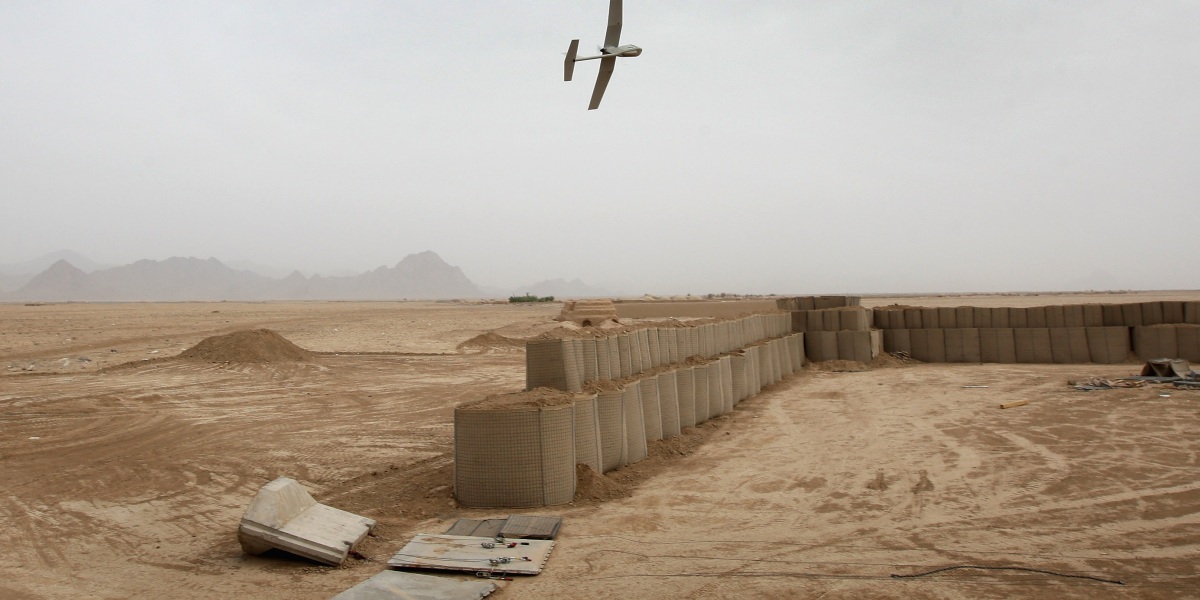
But what the gossip and the op-eds didn’t mention was that the real surprise wasn’t Haqqani’s public appearances—it was that he was appearing at all: Multiple times over the last two decades, the US military thought they’d killed him in drone strikes.
Clearly Haqqani is alive and well. But that raises a glaring question: if Khalil ur-Rahman Haqqani wasn’t killed in those US drone strikes, who was?
The usual bland response is “terrorists,” an answer now institutionalized by the highest levels of the US security state. But the final days of the US withdrawal from Afghanistan showed that is not necessarily true. A day after an attack on troops at Kabul’s teeming airport, for example, the US responded with a “targeted” drone strike in the capital. Afterward it emerged that the attack had killed 10 members of one family, all of whom were civilians. One of the victims had served as an interpreter for the US in Afghanistan and had a Special Immigrant Visa ready. Seven victims were children. This did not match the generic success story the Biden administration initially told.
Something different happened with this strike, however. For years, most of the aerial operations the US has conducted took place in remote, rural locations where few facts could be verified and not many people could go to the scene.
But this strike took place in the middle of the country’s capital.
Journalists and investigators could visit the site, which meant they could easily fact-check everything the United States was claiming—and what had actually happened soon became clear. First, local Afghan television channels, like Tolo News, showed the family members of the victims. With so much attention being paid to the withdrawal from Afghanistan, international media outlets started to arrive, too. A detailed report by the New York Times forced Washington to retract its earlier claims. “It was a tragic mistake,” the Pentagon said during a press conference, as it was forced to admit that the strike had killed innocent civilians with no links to ISIS.
In fact, American’s last drone strike in Afghanistan was eerily similar to its first one.
In fact, America’s last drone strike in Afghanistan—its last high-profile act of violence—was eerily similar to its very first one.
On October 7, 2001, the United States and its allies invaded Afghanistan in order to topple the Taliban regime. That day the first drone operation in history took place. An armed Predator drone flew over the southern province of Kandahar, known as the Taliban’s capital, which was the home of Mullah Mohammad Omar, the group’s supreme leader. Operators pushed the button to kill Omar, firing two Hellfire missiles at a group of bearded Afghans in loose robes and turbans. But afterward, he was not found among them. In fact, he evaded the allegedly precise drones for more than a decade, eventually dying of natural causes in a hideout mere miles from a sprawling US base. Instead, America left a long trail of Afghan blood in its attempts to kill him and his associates.






